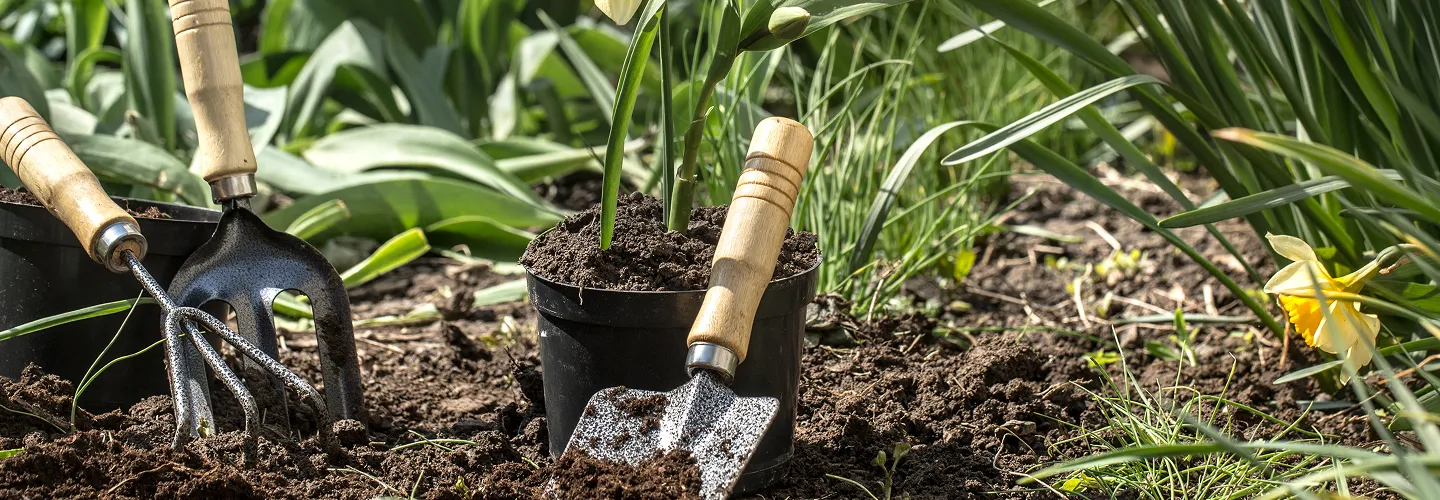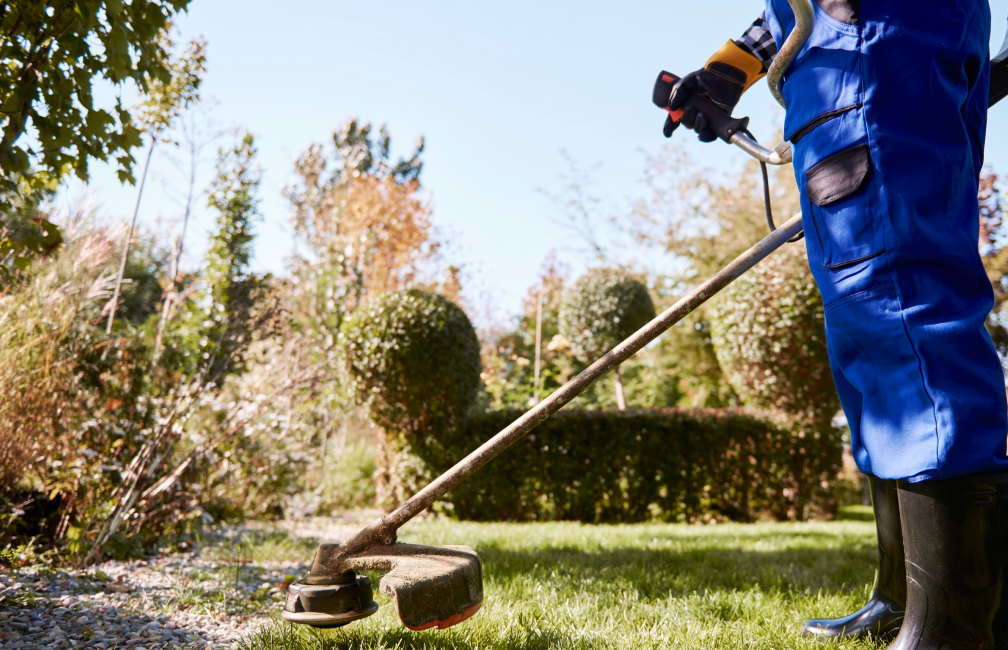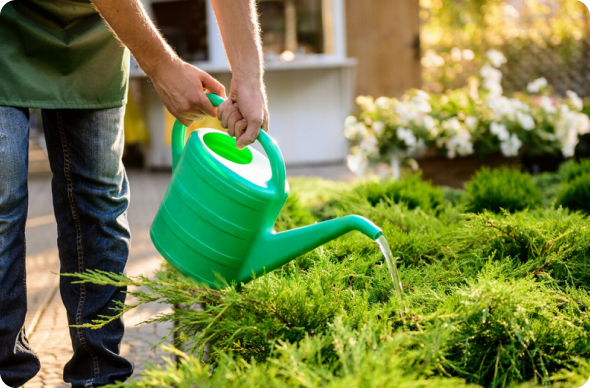
Norfolk Lawn Mowing Services
Choose our lawn mowing services for reliable, professional care that keeps your yard looking its best all season long. We combine local expertise with attention to detail, ensuring your lawn is healthy, tidy, and the envy of the neighborhood.
Get a Free QuoteWhen to Schedule Lawn Mowing in Norfolk, MA – Seasonal Guide
In Norfolk, MA, timing your lawn mowing is crucial for maintaining a healthy, vibrant yard throughout the year. The local climate features cold winters with late frosts and warm, humid summers, which means the mowing season typically begins in late April or early May and extends through October. Early spring mowing should be delayed until the risk of frost has passed, especially in neighborhoods like Medway Road or near Stony Brook Wildlife Sanctuary, where shaded areas and low-lying terrain can retain cold longer.
Local environmental factors such as soil type—often a mix of sandy loam and clay—affect grass growth rates and mowing frequency. Areas with dense tree coverage, like those near Pondville or the Town Common, may require less frequent mowing due to increased shade and slower turf growth. It's also important to monitor precipitation patterns and drought risk, as excessive mowing during dry spells can stress your lawn. For more information on local regulations and seasonal updates, visit the official Norfolk town website.
Local Factors to Consider for Lawn Mowing in Norfolk
- Tree density and shade coverage (e.g., near Stony Brook or wooded neighborhoods)
- Soil composition and drainage
- Average precipitation and drought risk
- Frost dates and seasonal temperature shifts
- Terrain slope and accessibility
- Municipal restrictions or guidelines on mowing times
Benefits of Lawn Mowing in Norfolk

Professional Lawn Care Experts
Consistent Scheduling
Enhanced Curb Appeal
Eco-Friendly Practices
Reliable Local Service
Time-Saving Solutions

Norfolk Lawn Mowing Types
Residential Lawn Mowing
Commercial Lawn Mowing
Ride-On Mowing Services
Push Mower Services
Slashing and Acreage Mowing
Edging and Trimming
Seasonal Lawn Maintenance
Our Lawn Mowing Process
Site Evaluation
Lawn Preparation
Mowing Execution
Edging and Trimming
Cleanup
Why Choose Norfolk Landscape Services

Norfolk Homeowners Trust Us
Expert Lawn Maintenance
Competitive Pricing
Professional Team
Satisfaction Guarantee
Personalized Service
Reliable Scheduling
Understanding Norfolk’s Lawn Care Regulations, Seasonal Rules, and Neighborhood Factors
Norfolk, Massachusetts, is a welcoming town with neighborhoods like Pondville, King Street, and Medway Line, each with its own landscaping styles and environmental concerns. Keeping a lush lawn in Norfolk requires following the town’s rules for mowing, yard waste, and environmental stewardship. The Norfolk Department of Public Works (DPW) handles trash, recycling, and yard waste, with schedules and program details on the Recycling and Transfer Station pages.
Norfolk Department of Public Works
33 Medway Branch Road, Norfolk, MA 02056
(508) 520-4910
Permits, Fines, and Noise Rules for Lawn Mowing in Norfolk
Many Norfolk properties are near wetlands, streams, or conservation land. Major landscaping, grading, or tree removal within 100 feet of such areas requires review by the Norfolk Conservation Commission. Details about wetlands permitting, buffer zones, and enforcement can be found on their website. Unauthorized work can result in fines or restoration orders.
Lawn equipment noise is governed by Norfolk’s General Bylaws, typically allowing mowing from 7:00 am–7:00 pm on weekdays and 8:00 am–5:00 pm on weekends.
Norfolk Conservation Commission
1 Liberty Lane, Norfolk, MA 02056
(508) 520-4887
Environmentally Friendly Lawn Care: Water Use, Fertilizer, and Stormwater Laws
Norfolk’s Stormwater Management program is designed to protect local water resources including Stop River, Stony Brook, and wetlands. Dumping yard waste, clippings, or chemicals into drains or wetlands is strictly prohibited. Composting is encouraged, and fertilizer use should be limited near water bodies. For yard debris, use the Transfer Station or curbside pickup as scheduled.
Clipping Disposal, Composting, and Yard Waste Rules
Grass clippings, leaves, and brush are collected at the Transfer Station. Only paper bags or open barrels are accepted for pickup—plastic bags are not allowed. Collection schedules, disposal instructions, and recycling tips are posted on the Recycling page. Illegal dumping in public spaces or wetlands is subject to fines.
Green Building, Zoning, and Preparing Lawns for Norfolk’s Climate
Large landscaping projects or new lawns must comply with Norfolk’s Zoning Bylaw. Norfolk’s loamy soils benefit from drought-resistant grasses, proper aeration, and mindful watering. Rain gardens and vegetated buffers are encouraged to manage runoff and improve water quality.
Parks, Recreation, and Community Lawn Expertise
The Norfolk Recreation Department manages parks, athletic fields, and community spaces. Contractors and volunteers must comply with town standards for mowing, fertilizer, and debris management on public land. Program information and permits are available on the Recreation Department’s website.
Norfolk Recreation Department
33 Myrtle Street, Norfolk, MA 02056
(508) 520-1315
Navigating Code Enforcement, Buffer Zones, and Violations
Norfolk’s General Bylaws and Conservation Commission rules are enforced for property, noise, and environmental compliance. The Norfolk GIS Map portal can help residents check property boundaries and wetland buffers. Unpermitted work or dumping can result in fines or required restoration.
Choosing the Right Mowing Height for Norfolk Lawns
Local lawn care professionals recommend mowing at 3–3.5 inches for best results. This height encourages deep roots, drought resistance, and keeps grass healthy through the growing season.